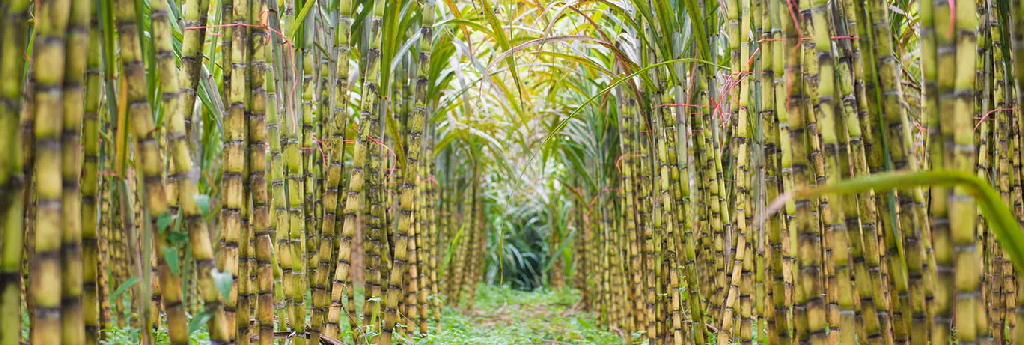In India, sugarcane is a significant cash crop, and the country is one of the largest producers and consumers of sugar globally. The sugar sector plays a crucial role for India’s economy, but faces challenges in terms of stagnating production, price regulations, unstable sugarcane market and water scarcity.
Eighty per cent of sugar produced worldwide comes from sugarcane, the remaining 20% comes from sugar beets.
India is the second largest producer of sugar in the world after Brazil and is also the largest consumer. India alone contributes 17% of total production. Indian sugar industry’s annual output is worth approximately Rs.80,000 crores.
Key Challenges:
- It is estimated that by 2030, India will require about 520 million tonnes of sugarcane to keep up with domestic consumption of sugar and ethanol. Considering that there is little scope for area expansion, India will have to produce around 100-110 tonnes more per hectare in 2030 compared to the actual 70 tonnes per hectare currently.
- In addition to stagnating production, price regulations and the unstable sugarcane market there is also an increasing shortage of water. This affects sugarcane farming areas as sugarcane is high in irrigated water use. The situation is worsened by climate change which may reduce sugarcane yields.
- The Indian government provides various subsidies and price support mechanisms to the sugarcane industry. However, the implementation and management of these policies often face challenges.
- The sugarcane sector in India is characterized by income disparities among farmers. Large farmers with better access to resources tend to benefit more, while small and marginal farmers struggle to cope with rising input costs, debt burdens, and market fluctuations.
- The Indian government has been promoting ethanol production from sugarcane to reduce the country’s reliance on imported fossil fuels, promote renewable energy, and create additional revenue streams for sugarcane farmers. However, the expansion of ethanol production faces challenges related to infrastructure development, blending targets, pricing mechanisms, and coordination between the sugar and ethanol industries.
References:
- Department of Food & Public Distribution, Ministry of Consumer Affairs, Food & Public Distribution, GoI (https://dfpd.gov.in/sugar-sugarcane-policy.htm)
- https://www.wur.nl/en/newsarticle/challenges-for-the-sugarcane-sector-in-india.htm
